gljivi
TPF Noob!
- Joined
- Apr 6, 2014
- Messages
- 7
- Reaction score
- 0
- Location
- Croatia
- Can others edit my Photos
- Photos OK to edit
I recently bought Nikkor 35 DX 1.8 and I'm using it with my Nikon D7000. It's generally fine lens, but for a last few days I can't decide is autofocus with this lens acceptable or not? I have a feeling that it should be better, but I never used this lens before. Maybe I'm spoiled with my old Nikkor 50 D 1.8, which is somehow always dead-on. I'm talking about focusing with f 1.8, to be clear.
I tried with fine tuning, but results are just not consistent, it will focus great for a few pics with lets say -5 for a target few feet away, then it will miss with more distant target, or it will backfous on close target and then front focus on distant target. And next day it will be fine with -10 on close target but for distant targets it will be best with fine tuning completely off. Problem is that it just happens however I adjust fine tuning, so it's just not consistent.
Here are two example pics. In first example box behind is little more in focus, and the first one should be more in focus. This pile of garbage was around 7 meters (20 feet) from my camera. On second try focus was ok, and then on third like this again.
In another example shoes are around 8-10 feet away and focus should be on second one but it's obviously more on first one. But then on second and third try focus was just fine. and then on fourth it was like this again.
So, I want to ask, is this kind of missed focus, as you see on this two pics, too much or should I accept that it happens with f 1.8 around 30 % of time? Am I nitpicking with this or this lens should autofocus more consistent?
I took this pics with AF-S and only central focus point selected, no auto anything.
Thanks for your patience and help
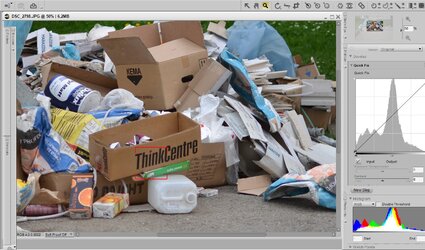

I tried with fine tuning, but results are just not consistent, it will focus great for a few pics with lets say -5 for a target few feet away, then it will miss with more distant target, or it will backfous on close target and then front focus on distant target. And next day it will be fine with -10 on close target but for distant targets it will be best with fine tuning completely off. Problem is that it just happens however I adjust fine tuning, so it's just not consistent.
Here are two example pics. In first example box behind is little more in focus, and the first one should be more in focus. This pile of garbage was around 7 meters (20 feet) from my camera. On second try focus was ok, and then on third like this again.
In another example shoes are around 8-10 feet away and focus should be on second one but it's obviously more on first one. But then on second and third try focus was just fine. and then on fourth it was like this again.
So, I want to ask, is this kind of missed focus, as you see on this two pics, too much or should I accept that it happens with f 1.8 around 30 % of time? Am I nitpicking with this or this lens should autofocus more consistent?
I took this pics with AF-S and only central focus point selected, no auto anything.
Thanks for your patience and help




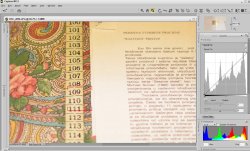
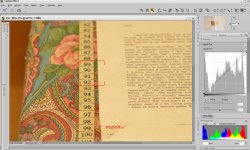
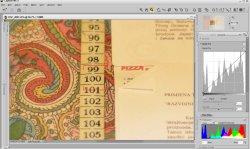
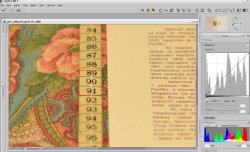




![[No title]](/data/xfmg/thumbnail/37/37660-eb4529b6ea38a042c4e9b64866178d7b.jpg?1619738174)






![[No title]](/data/xfmg/thumbnail/37/37604-7ad625e983f92f880eb65a264eeef5e4.jpg?1619738148)
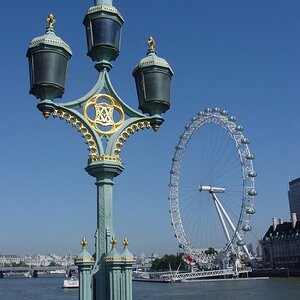
![[No title]](/data/xfmg/thumbnail/37/37657-01deca3769b38b716838942ccbfce66a.jpg?1619738172)

![[No title]](/data/xfmg/thumbnail/37/37092-c446ffb89610a57384a51ac5254beffd.jpg?1619737881)